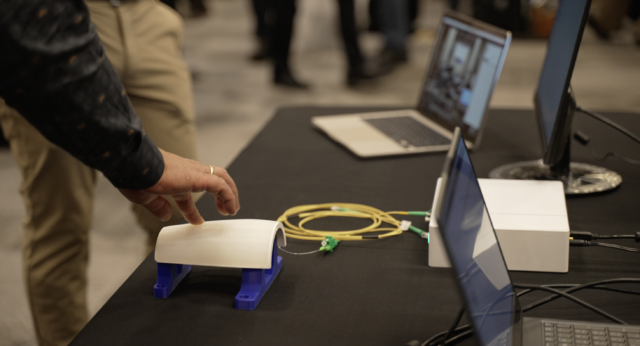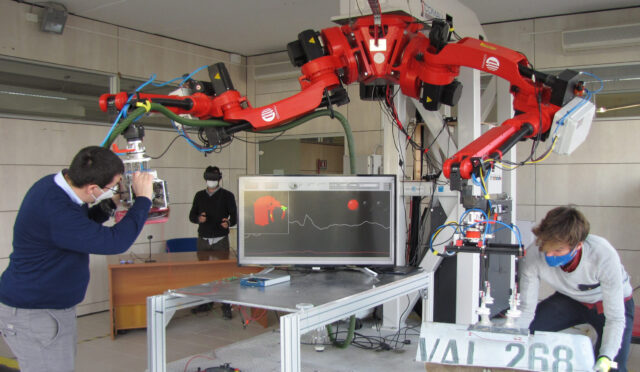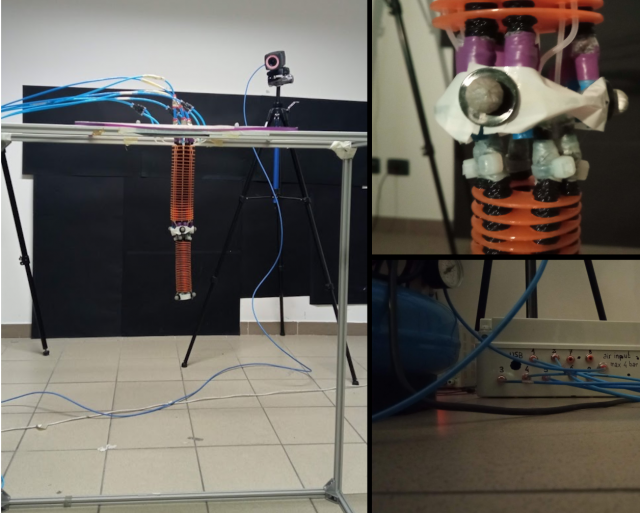HomeRobotic Database - Single Infrastructure | TERRINet


Address: 7 Avenue du Colonel Roche,
31400 Toulouse, France
Website
https://www.laas.fr/public/en/robotics
Scientific Responsible
Olivier Stasse
Philippe Soueres
Rachid Alami
About
The Robotics (ROB) Scientific Department conducts research along several themes involving perception, decision-making, motion, action, communication and interaction between the robot and its environment: the other robots, humans and ambient intelligence systems.
Research is conducted by ROB along four strategic streams: aerial and terrestrial field robotics, interactive and cognitive robotics, human and anthropomorphic motion, and algorithms for molecular motion.
These research activities involve also collaborative investigations with research on living systems such as neuroscience, cognitive sciences and biochemistry.
One main feature of robotics research at LAAS concerns the robot itself as an object of study i.e. an artificial entity endowed with integrated sensori-motor and cognitive abilities and acting in an open environment.
Research themes:
- Environment perception and modeling,
- Navigation, localization, motion planning and control,
- Natural, artificial and virtual motion
- Manipulation planning and control
- Autonomous decision making, temporal planning, learning
- Control architectures, embedded systems, robustness and fault tolerance
- Human-robot multi-modal and decisional interaction
- Multi-robot cooperation
Presentation of platforms
Available platforms

Aerial Robots in a flight arena
Several models of flying robots, as quadrotors and hexarotors aerial robots, in a delimited flight arena of 6mx4mx5m (l,w,h) enclosed by a protective net. The ground is covered by protective mattresses. The arena is equipped with a motion capture system.

Domotic House
Large experimental space reproducing the scenery of an apartment with an open roof. The environment is supplied with furniture amidst which various robots can navigate and execute daily tasks. The apartment is equipped with various sensors including a motion capture system for studying and experimenting human-robot interaction scenarios.
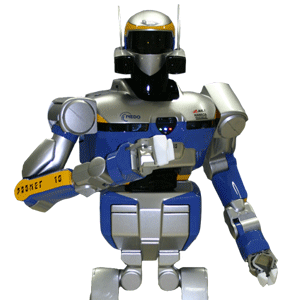
Kawada Robotics HRP-2
Two human size humanoid robots in a fully equipped experimental room. LAAS has a long time experience in humanoid robot motion planning and control. After having demonstrated whole-body motion generation capabilities on HRP-2, LAAS is now developing new algorithms to enable physical interaction of humanoid robots with their environment and with humans. The new robot robot Pyrène constructed by Pal Robotics based on the experience of LAAS is powerful and designed to be torque controlled.

PAL Robotics Pyrène
Two human size humanoid robots in a fully equipped experimental room. LAAS has a long time experience in humanoid robot motion planning and control. After having demonstrated whole-body motion generation capabilities on HRP-2, LAAS is now developing new algorithms to enable physical interaction of humanoid robots with their environment and with humans. The new robot robot Pyrène constructed by Pal Robotics based on the experience of LAAS is powerful and designed to be torque controlled.

Indoor robots
Several models of indoor robot for navigation or manipulation equiped with specific sensors and motor capabilities.

Motion Capture Facilities
Large experimental room equipped with an optoelectronic Motion Capture System to compute the position of reflective markers, force plates embedded in the floor to measure ground reaction forces, 6-axis force sensors to measure additional force contacts, wireless EMG to measure the activity of muscles. The system is provided with a processing software to reconstruct the whole-body dynamics and identify key elements of the musculoskeletal activity.
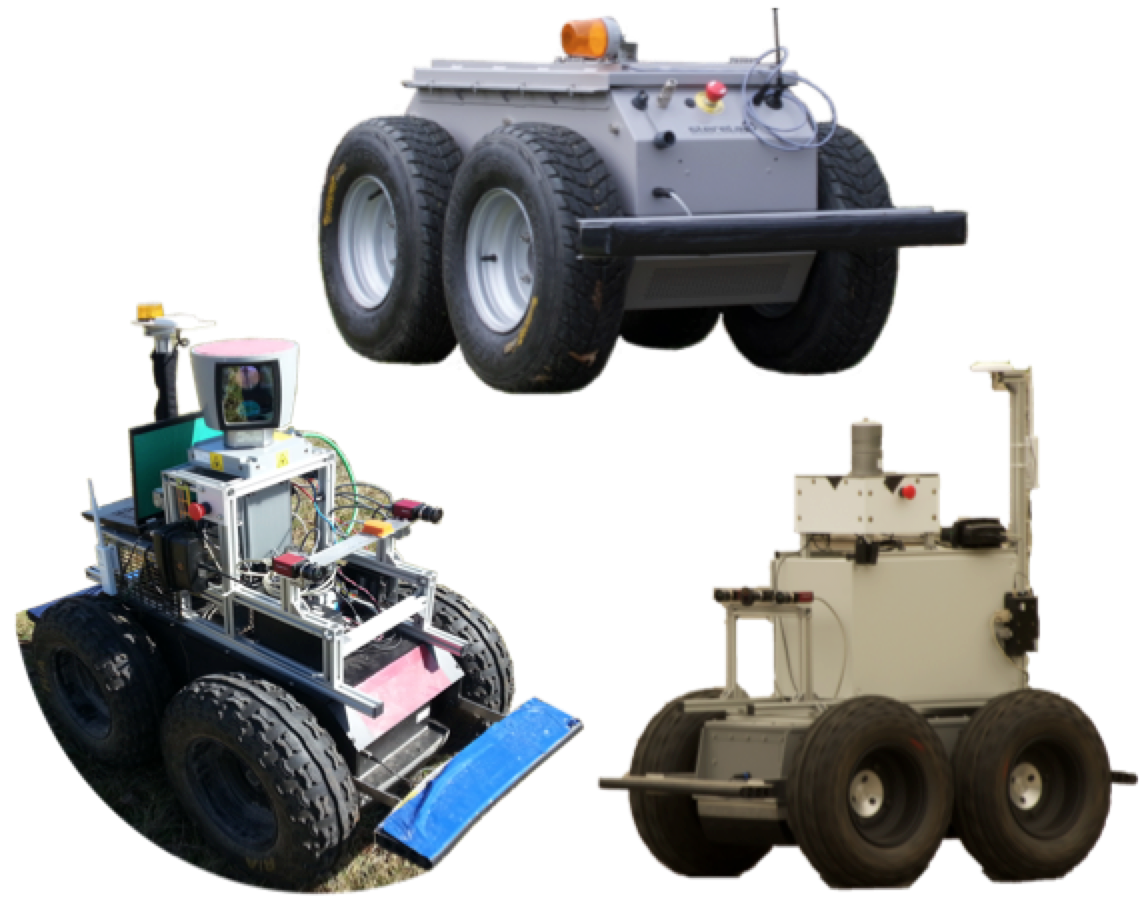
Outdoor robots
Three rover robots designed and equiped for outdoor navigation – Two robots RMP 400 and 440 – One reobot Sterela




